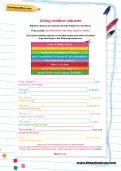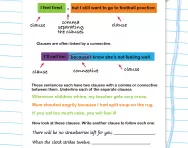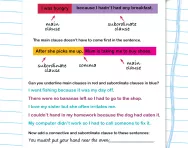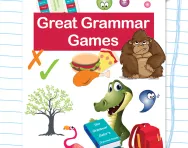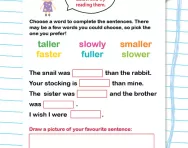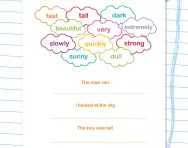Important update from TheSchoolRun
For the past 13 years, TheSchoolRun has been run by a small team of mums working from home, dedicated to providing quality educational resources to primary school parents. Unfortunately, rising supplier costs and falling revenue have made it impossible for us to continue operating, and we’ve had to make the difficult decision to close. The good news: We’ve arranged for another educational provider to take over many of our resources. These will be hosted on a new portal, where the content will be updated and expanded to support your child’s learning.
What this means for subscribers:
- Your subscription is still active, and for now, you can keep using the website as normal — just log in with your usual details to access all our articles and resources*.
- In a few months, all resources will move to the new portal. You’ll continue to have access there until your subscription ends. We’ll send you full details nearer the time.
- As a thank you for your support, we’ll also be sending you 16 primary school eBooks (worth £108.84) to download and keep.
A few changes to be aware of:
- The Learning Journey weekly email has ended, but your child’s plan will still be updated on your dashboard each Monday. Just log in to see the recommended worksheets.
- The 11+ weekly emails have now ended. We sent you all the remaining emails in the series at the end of March — please check your inbox (and spam folder) if you haven’t seen them. You can also follow the full programme here: 11+ Learning Journey.
If you have any questions, please contact us at [email protected]. Thank you for being part of our journey it’s been a privilege to support your family’s learning.
*If you need to reset your password, it will still work as usual. Please check your spam folder if the reset email doesn’t appear in your inbox.
Using relative clauses
What is a relative clause?
A relative clause is a part in a sentence that adds extra details about a noun.
It helps to describe or modify the noun, giving more information about it. These clauses often use relative pronouns like who, that, or which to connect the extra information to the main part of the sentence.
What is an example of a relative clause?
Here are some examples:
- The book that I borrowed from the library is due next week.
- She is the student who won the science competition.
- The house that is painted blue belongs to my aunt.
- We visited the park where we used to play as children.
- This is the cake that my mom baked for my birthday.
- The movie, which was filmed in Paris, won several awards.
- The dog that barks loudly is annoying the neighbors.
- He is the person who helped me when I was lost.
- I need the pen that writes smoothly.
- She bought a dress that was on sale at the store.
How will this relative clauses worksheet help your child?
This teacher-created resource provides a quick and easy reminder of what a relative clause is, so that your child can refer to this throughout the activity if they get stuck. The activity itself is a fun, cut-and-stick task that helps your child practise recognising relative clauses in sentences.
If your child feels confident and is ready for a new challenge, you can try our Clauses in a sentence worksheet to develop their skills further.
